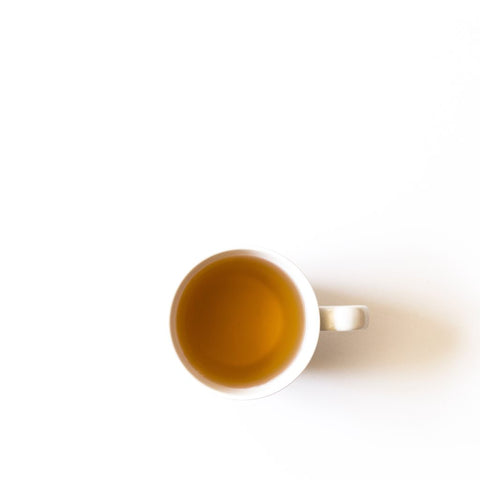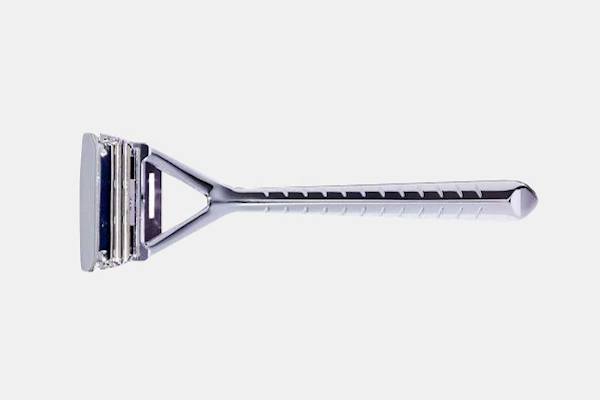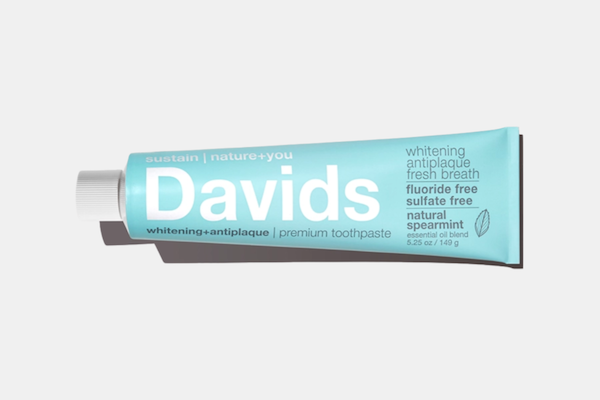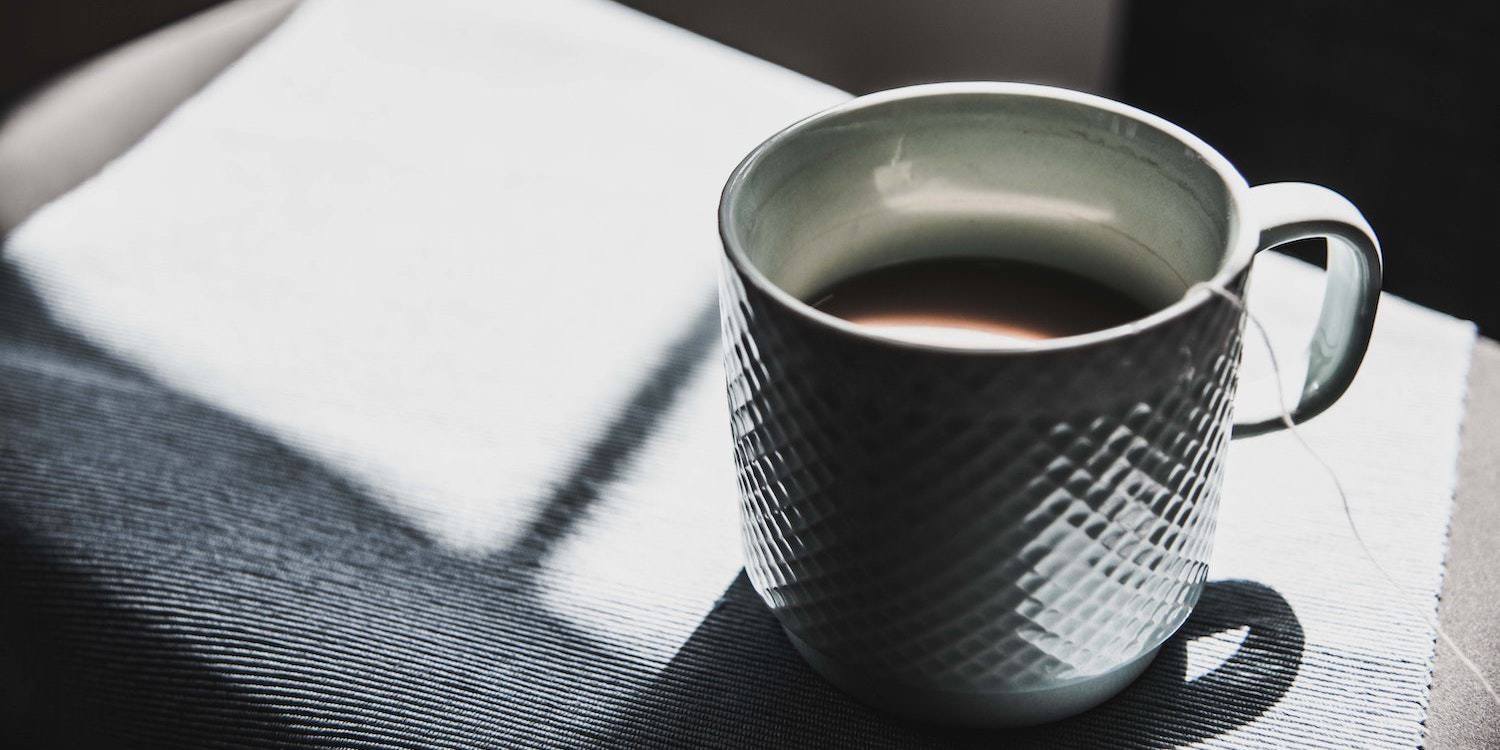Why Aren’t My Teabags Composting
As many of us examine opportunities to live more sustainably, oftentimes we discover a habit of ours, that we would never have imagined is having a negative impact on the environment. I made just such a discovery recently and was hugely surprised and deeply disappointed. Enter my tea-drinking habit. As a mix of Brit and Bostonian, tea is a rather central drink in my life - by the end of a typical day, most mugs have relocated themselves from the cupboard to my desk. I’ve almost always brewed my tea with teabags, not necessarily out of convenience, but out of a habit developed over the decades. After steeping the tea, for just the right amount of time, the compost has been the next stop for the teabag, but this is where my alarming discovery took place.
In the process of dumping the food waste from the kitchen into the compost bin and giving it a stir, I noticed that there were more than a few teabags not breaking down as I would have expected them to. I thought this was rather odd as they are seemingly an item which would quickly biodegrade. From here, the next step was a bit more to research into what teabags are made, why they might not be breaking down, and what impact this may be having.
What do you take with your tea? Milk? Sugar? Plastic?
For many of us, a cup of tea is a staple of our day, whether it is first thing in the

morning, regularly throughout the day as if it were on a drip, or as a part of the classic British afternoon break. The practice of drinking tea spans cultures and its origins can be traced as far back as 2700 BC. The impact this simple drink has had can be found in our cultural habits, politics, medicine, and more - it is in many ways a part of our DNA. However, you may be surprised to find that your cup of tea now contains an ingredient that you never expected and certainly has no place in our diet - plastic.
Plastics in teabags
When drinking a cup of tea, you are probably not thinking about the risk of ingesting microplastics and nanoplastics, but unfortunately, that doesn't mean that the risk is not there. If you are using a teabag to make your favorite brew, there is a significant chance that the teabag of your choice was made using plastics such as polypropylene or PET. You may be asking yourself as I did, at this point, “why on earth would a manufacturer do this,” the answer, which is almost as frustrating as the discovery, is so that teabags can maintain their shape and aesthetics when steeped in boiling water. Because obviously, this is going to make your cup of tea taste better… The inclusion of plastic in the production process of teabags is done, not to enhance your cup of tea, but to improve the aesthetic and geometric robustness of the teabag. While the total amount of plastic in each bag may be small, the bottom line is that unnecessary toxic plastics are being included in the manufacturing process.
The discovery
In a 2019 study published in the American Chemical Society’s Journal of Environmental Science and Technology, Canadian researchers from McGill University decided to examine plastics in teabags deeper. What they found was that the process of steeping a tea bag in brewing temperature water, 203 degrees Fahrenheit, caused the release of 11.6 billion microplastic particles and 3.2 billion nanoplastics in each cup. While the inclusion of plastics in the manufacturing process was not a new development, the study brought the issue further into focus. Consumption of plastic particles and the impact on human health has been a growing concern. A separate analysis published for the World Wildlife Foundation in 2019 found that on average, humans are ingesting 5 grams of plastic per week - the equivalent of a credit card. The inclusion of plastics in teabags begins to paint a clear picture of how this volume of microplastic pollution and plastic particles are entering our food chain and what the potential health effects might be.
Single-Use Plastics
The choice to incorporate plastics into the manufacturing process of many brands of tea bags, unfortunately, means that teabags are a single-use plastic object - similar to the disposable plastic water bottle. Used once per cup of tea, teabags constructed with plastics are another contributor to plastic pollution. This also makes synthetic teabags a non-compostable item, which you will find listed on most composting websites.
What's next for tea?

For those that enjoy a cup of tea, the good news is there are plenty of options and alternatives that allow consumers to avoid these plastics in their lives without giving up their favorite drink. There are a number of brands that are committed to supplying tea in traditional non-synthetic tea bags that will naturally break down and biodegrade. Clipper provides a wide variety of organic teas in plastic-free tea bags. For the traditionalists out there, loose leaf tea presents an awesome alternative way to brew a cup. Loose-leaf tea can now be widely purchased and well as the tea diffuser tools used to steep the leaves, such as the Torch Tea Infuser which we carry at Lochtree.
As conscientious consumers examining ways to reduce plastic waste from our lives and the environment, rethinking how you make your morning cup of tea can be an easy, but impactful change to make.






